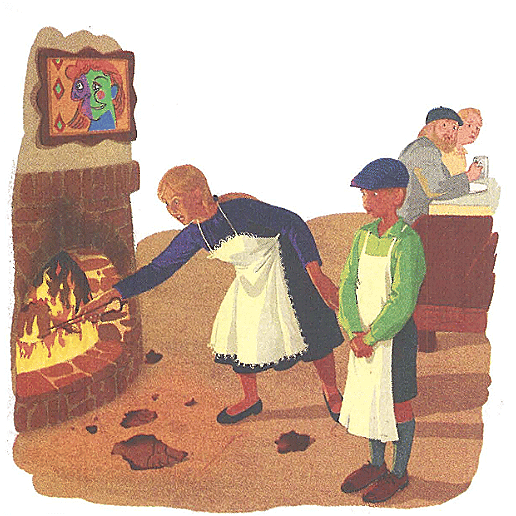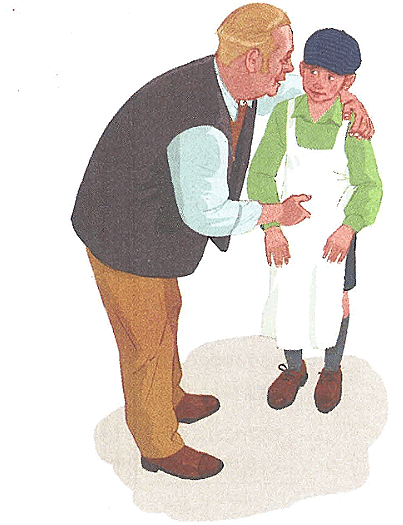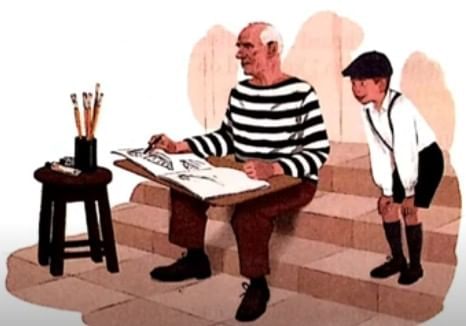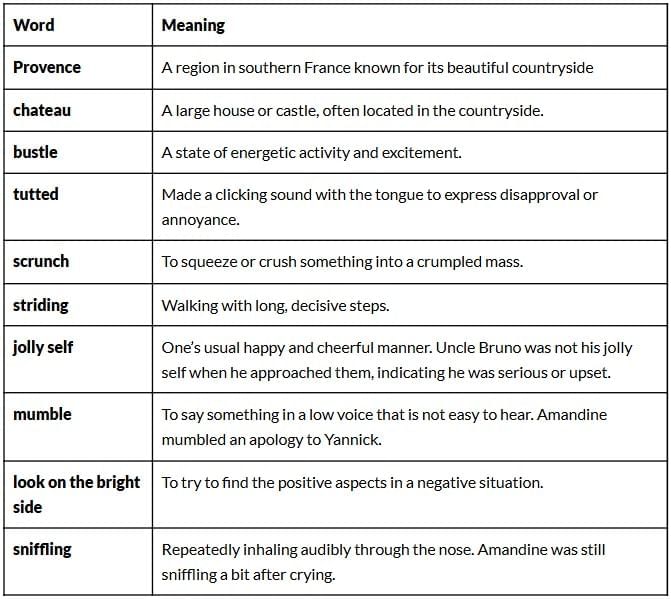Meeting Cézanne Chapter Notes | Gul Mohar Class 6: Book Solutions, Summaries & Worksheets PDF Download
| Table of contents |

|
| About the Author |

|
| Detailed Summary |

|
| Moral / Message |

|
| Character Sketches |

|
| Vocabulary Table |

|
About the Author
Sir Michael Morpurgo is an English author, poet, and playwright. He is best known for his children’s books like War Horse and Private Peaceful, which have been adapted into films and plays. From 2003 to 2005, he was the Children’s Laureate in the United Kingdom, inspiring young readers with his storytelling.
Detailed Summary
Young Yannick, visiting his uncle’s family in Provence, accidentally throws away a paper tablecloth with a drawing on it. He later learns that the drawing was a tip from a very famous painter who was a regular customer at the inn. Amandine, his cousin, is upset and blames him. However, Uncle Bruno gently scolds Amandine for not informing Yannick about the painter’s habit and encourages Yannick to see the positive side, as the artist particularly liked his crème brûlée. 
Feeling guilty, Yannick goes to the painter’s chateau the next day, where he meets the artist, who turns out to be Picasso (though he wishes he was Cézanne). Touched by Yannick’s sincerity, Picasso draws him a picture of sailing boats. Yannick returns, having made amends and likely learned a valuable lesson about paying attention and looking for the good in situations.
Moral / Message
The story teaches us that mistakes are part of learning, and honesty and kindness help repair relationships. It also reminds us to look on the bright side of difficult situations. Finally, it shows that courage and sincerity can lead to wonderful opportunities and unexpected joys in life.
Character Sketches
Yannick: A young, somewhat careless boy who is curious. He feels guilty about his mistake and is determined to make amends, showing his responsibility and caring nature. He is initially unaware of the famous painter’s identity, highlighting his innocence causing lack of initial recognition.
Amandine: Yannick’s cousin, who is initially upset and blaming. She reacts with anger and frustration but later shows remorse and apologizes, indicating she can be thoughtful and recognize her errors. She did not like any idea offending her father.
The Famous Painter (Picasso): Initially appearing as an ordinary, old man, he is revealed to be a world-renowned artist. Despite his fame, he is humble, kind, considerate and understanding, willingly helping Yannick. His wish to be Cézanne reveals his deep admiration for another artist.

Uncle Bruno: A wise, understanding, and patient figure. He acts as a mediator, offering calm guidance and emphasizing the importance of looking on the bright side. He is jolly by nature but can be serious when needed. His behavior shows his power of judging and resolving things properly.
Vocabulary Table

|
30 videos|61 docs|17 tests
|
FAQs on Meeting Cézanne Chapter Notes - Gul Mohar Class 6: Book Solutions, Summaries & Worksheets
| 1. What is the central theme of "Meeting Cézanne" and how does it relate to the world of art? |  |
| 2. Who is Paul Cézanne and what is his significance in the world of art? |  |
| 3. How does the author convey the character's feelings and thoughts about art in "Meeting Cézanne"? |  |
| 4. What moral or message can readers take away from "Meeting Cézanne"? |  |
| 5. What vocabulary is essential for understanding the themes and concepts presented in "Meeting Cézanne"? |  |















